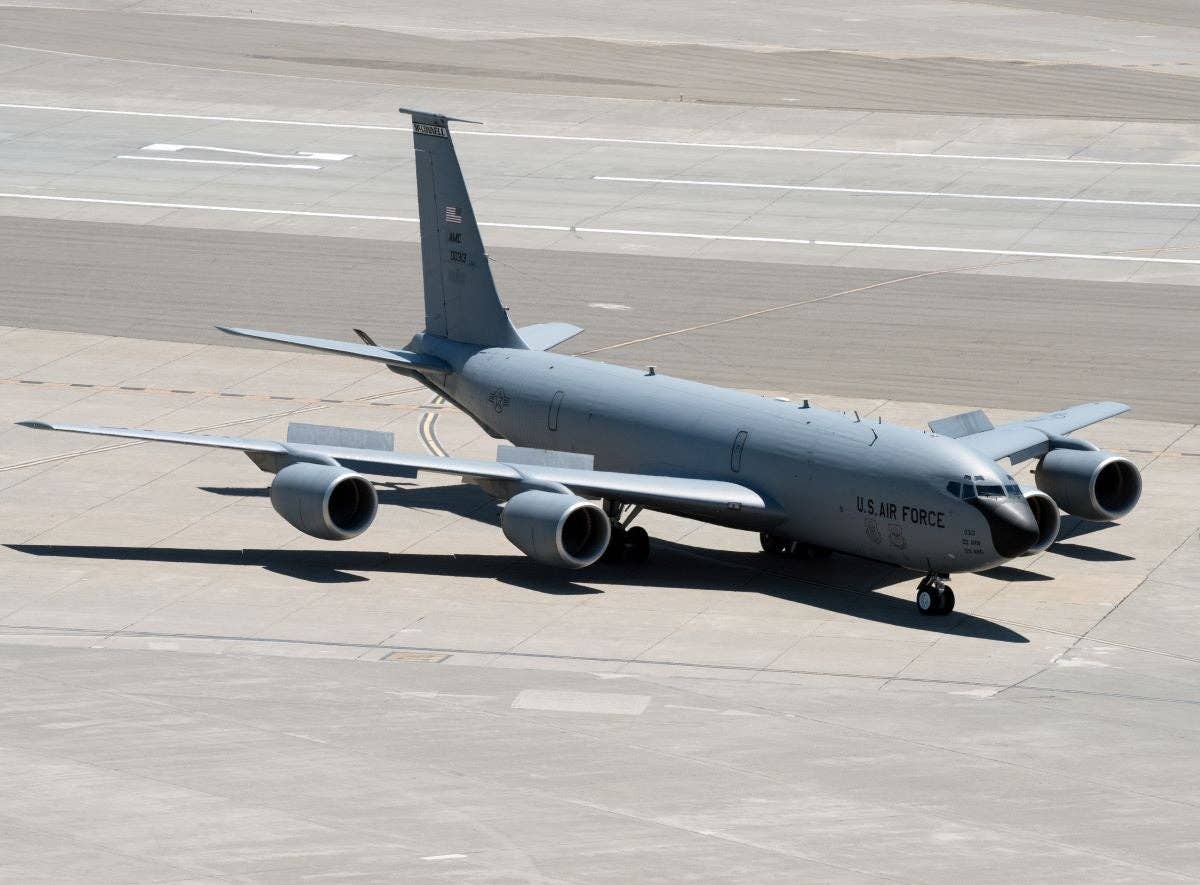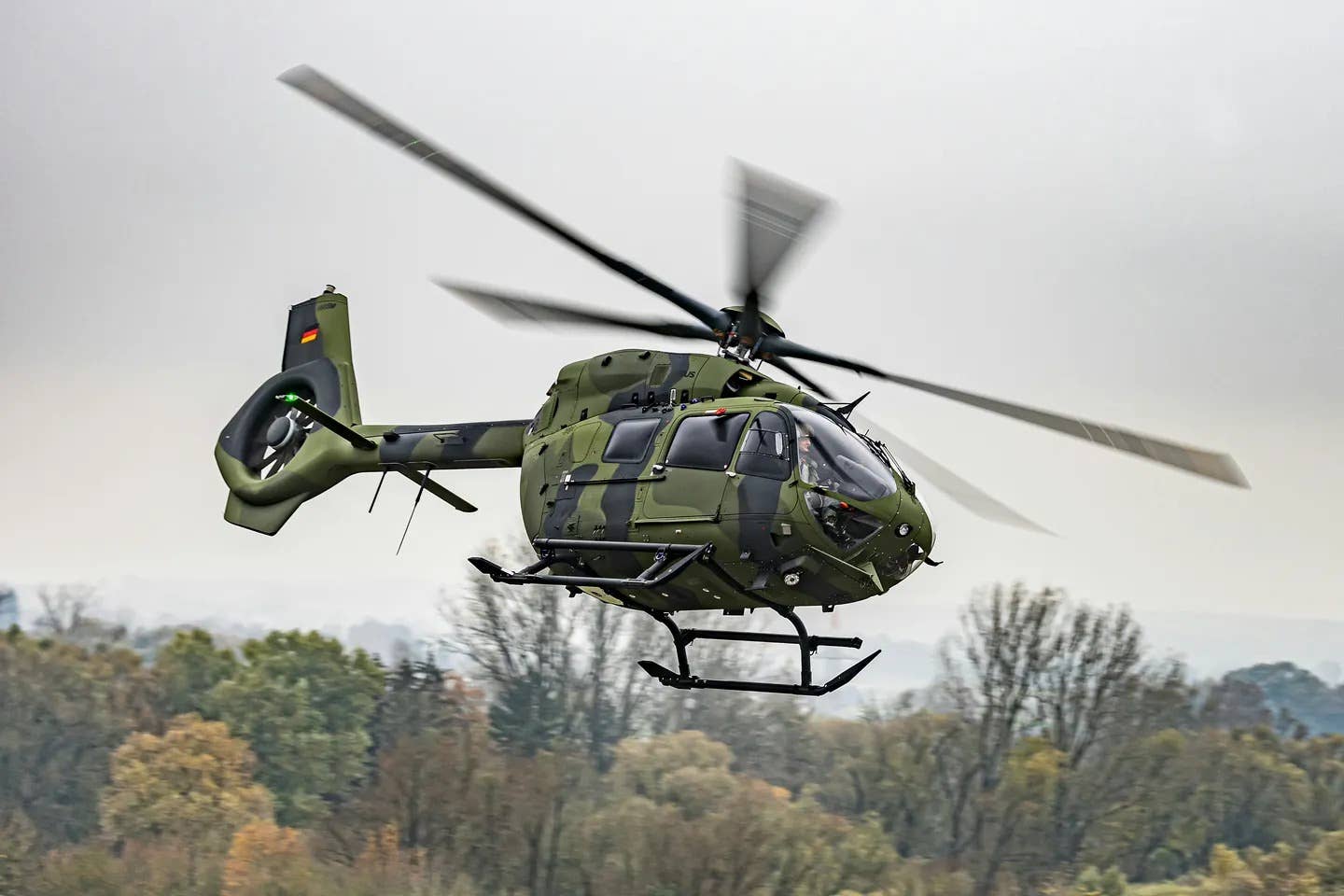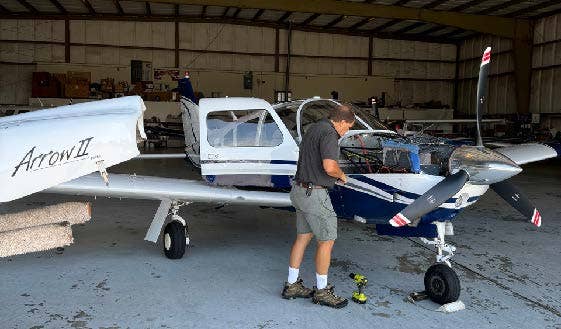
(May 2011) IN THE MARCH ISSUE OF Flying, On the Record reported on the crash of a Cessna 172S Skyhawk in January 2010, about 20 miles north of Bangor, Maine. The pilot had picked up the brand-new airplane in Independence, Kansas, and flown it to Bangor, where an additional fuel tank was installed for a flight across the Atlantic Ocean. The FAA had issued a special airworthiness certificate allowing the airplane to take off at a maximum gross weight of 3,315 pounds, which is 30 percent greater than normal. The certificate had come with the stipulation that the pilot "avoid moderate to severe turbulence." The NTSB determined that the airplane was likely "loaded near the very aft end of the envelope" and that "the manufacturer never tested the CG at such an increased weight."
The purpose of the flight was to deliver the airplane to Russia, and the pilot, who was from the United Kingdom, was anxious to get home because his daughter was scheduled for surgery and his wife had been involved in a minor automobile accident. He was very experienced, with commercial and instrument ratings, more than 14,000 hours total time and 2,000 hours in instrument conditions. Obviously a pilot doesn’t accumulate that kind of experience by being sloppy or taking unnecessary risks.
The morning of the accident, the pilot called Flight Service for a briefing and remarked to the FSS briefer that he had been “stuck at Bangor for a week.” The pilot, who had obviously been keeping a close watch on the weather, confirmed that he had the three airmets for his route that warned about IFR conditions, moderate turbulence below 11,000 feet and moderate icing below 13,000 feet, with the freezing level ranging between the surface and 2,500 feet. Bangor was reporting an overcast ceiling at 2,600 feet and winds from 310 degrees at 8 knots gusting to 17. The temperature was 3 degrees C, with a dew point of minus 2 degrees, and witnesses reported there was light snow and mist.
Even the most neophyte student pilot can read this information and realize that nobody should take off under those conditions in a light single-engine airplane without deice capability, let alone in an overloaded airplane that was restricted from flying in moderate to severe turbulence. Yet this experienced pilot filed an IFR flight plan, remarking to the briefer that he “might have to turn back due to clouds.” The fact that the only specific information he requested was the cloud tops indicates to me that he was probably hoping to get on top of the turbulence and icing. The fact that he would be flying an overloaded small airplane at its aft CG in icing conditions and turbulence made that less than unlikely.
As reported in On the Record, he didn’t make it very far. Twenty minutes after takeoff, the pilot was handed off to Boston Center and reported he was at 6,000 feet climbing to 9,000 feet, but he then almost immediately requested to stop the climb at 7,000 feet. The controller called him when he still hadn’t reached 7,000 feet five minutes later, and he reported he was “down to 50 feet per minute” and requested to level off at 6,000 feet. Three minutes later and still only 25 miles north of Bangor, he wasn’t even maintaining 6,000 feet and reported that he was having control difficulties in severe turbulence and would like to return to Bangor. Radar returns show that the airplane descended to around 2,000 feet during the course reversal. The pilot reported he was in “extreme turbulence, with over 90-degree banks” before crashing into the Penobscot River about 20 miles north of Bangor.
This accident struck me as a classic illustration of how easy it is for even experienced pilots to slip into something I call “wishful thinking” due to internal or external pressures. Wishful thinking is especially common after a long delay due to weather or other issues. I can imagine this pilot carefully checking the weather the first day after the auxiliary tank was installed, and realizing there was no way he could depart due to the bad weather. This continued each day for a week. In the meantime, he became more and more impatient to depart due to his desire to get home because of his daughter’s surgery and his wife’s automobile accident. Gradually this impatience eroded his focus on operating safely within prescribed limitations to the point that he decided to give it a try, thinking he could turn back if conditions were as bad as they were forecast to be.
In doing so he ignored the fact that the airplane would not climb very well even under ideal conditions, and that its performance in icing and turbulence would be marginal at best, to the point that he might not even be able to make it back to Bangor. Even when it should have been obvious that he wasn’t even going to make it to Bangor, he pushed on until he crashed in the river rather than trying to land in a field where he would at least have had a chance of surviving.
There are obviously a few “consistent idiots” in aviation who show blatant disregard for rules, regulations and safety procedures. These unfortunate individuals usually reap the penalty for that kind of mind-set sooner rather than later, and few of them amass anywhere close to 14,000 hours. Fortunately, most aviators try to be safe and professional in their flying, whether they are operating a light-sport airplane or an airliner. I believe that wishful thinking is one of the most prevalent factors in the demise of these otherwise safe and professional pilots. Given enough pressure, perhaps with fatigue mixed in, most of us can talk ourselves into a decision we would never make under ordinary circumstances. As I look back over my 45-year flying career, I can think of a number of times in which I put myself, and sometimes my passengers, into a very risky situation when my desire to get going or to make it to the destination altered my risk analysis to the point that I took unnecessary risks, basically hoping everything would work out OK.
Because wishful thinking involves an altered mental state in which we are minimizing the risks involved and maximizing our capabilities, it is not easy to be aware of it, let alone overcome it. As illustrated by this pilot, it often involves most or even all of these hazardous attitudes:
Anti-authority
Ignoring regulations and limitations
Impulsivity
Making snap decisions without clearly thinking through the potential consequences
Invulnerability
Thinking that it can't happen to you
Macho/Macha
Taking chances to show how good you are
Resignation
Giving up or thinking that you don't have any other choice
Mission-itis
Excessive focus on getting to the destination
The best way to fight wishful thinking is to focus on the potential adverse consequences of the course of action you are considering. In this case, because the pilot was especially anxious to get going because of his daughter’s surgery and his wife’s accident, his wife lost her husband and his daughter lost her father. If he had thought about how hard it would be on them if he died, it might have snapped his thinking back to the reality of the situation he was facing. If it was really that crucial for him to get home right away, he could have flown home commercially, and then returned to complete the trip when the weather was more favorable. Or he might have realized there really wasn’t much he could do to help with his wife’s accident or his daughter’s surgery and decided to wait out the bad weather no matter how long it took.
It is crucial that our flight planning analysis is not biased by our personal situation, and that our risk assessment process is the same whether it is the first time we start planning a flight or after we have been delayed for hours, days or even weeks. No matter how long it has been, we need to reset our clock to zero and reboot our risk sensitivity to maximum each time we analyze the situation, because wishful thinking can quickly lead to a nightmare in the cockpit.

Sign-up for newsletters & special offers!
Get the latest FLYING stories & special offers delivered directly to your inbox






